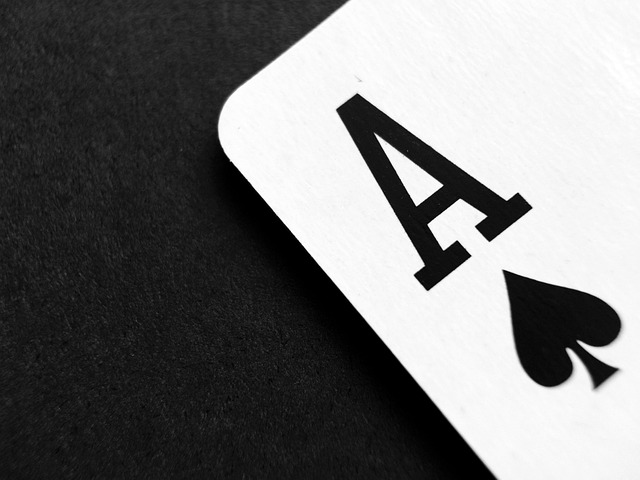Understanding Betting Odds: A Comprehensive Guide for Beginners
Welcome to the world of sports betting, where understanding the betting odds is crucial for making informed decisions. If you’re new to the game and feeling a bit overwhelmed by the different types of odds, fear not! This guide will walk you through everything you need to know about betting odds, from the basics to more advanced concepts.
What Are Betting Odds?
Betting odds are used to determine the likelihood of a particular outcome in a sporting event. They represent the probability of an event happening and help bettors make decisions about where to place their money. Odds are typically presented in three different formats: decimal, fractional, and moneyline.
Types of Odds
- Decimal Odds: This is the most common format used by bookmakers. The decimal odds represent the amount you stand to win for every $1 wagered, including your initial stake.
- Fractional Odds: Popular in the UK, fractional odds express the potential profit relative to the stake. For example, 5/1 means you would win $5 for every $1 bet.
- Moneyline Odds: Common in the United States, moneyline odds show how much you need to stake to win $100 on a favorite or how much you would win on an underdog.
Calculating Payouts
Understanding how to calculate payouts based on odds is essential for any bettor. The formula varies depending on the odds format, but it’s crucial to know how much you stand to win before placing a bet. Here’s a simple example:
| Odds | Stake | Potential Payout |
| 2.50 (Decimal) | $100 | $250 |
Common Questions About Betting Odds
Q: What do odds of 2.00 mean?
A: Odds of 2.00 in decimal format mean that you will double your money if your bet is successful. For example, a $50 bet at odds of 2.00 would return $100 (including your stake).
Q: How do I convert fractional odds to probability?
A: To convert fractional odds to probability, divide the denominator by the sum of both the numerator and denominator. For example, 5/1 fractional odds would have a probability of 1 / (5 + 1) = 0.1667 or 16.67%.
Q: What is the difference between the favorite and the underdog in moneyline odds?
A: In moneyline odds, the favorite is represented with a negative number (e.g., -150), indicating how much you need to bet to win $100. The underdog is shown with a positive number (e.g., +200), indicating how much you would win on a $100 bet.
Conclusion
Betting odds may seem complex at first, but with practice and a solid understanding of the different formats, you’ll be able to navigate the world of sports betting with confidence. Remember to compare odds from various bookmakers and do your research before placing any bets. By mastering the art of interpreting betting odds, you can increase your chances of making profitable decisions in the long run.



